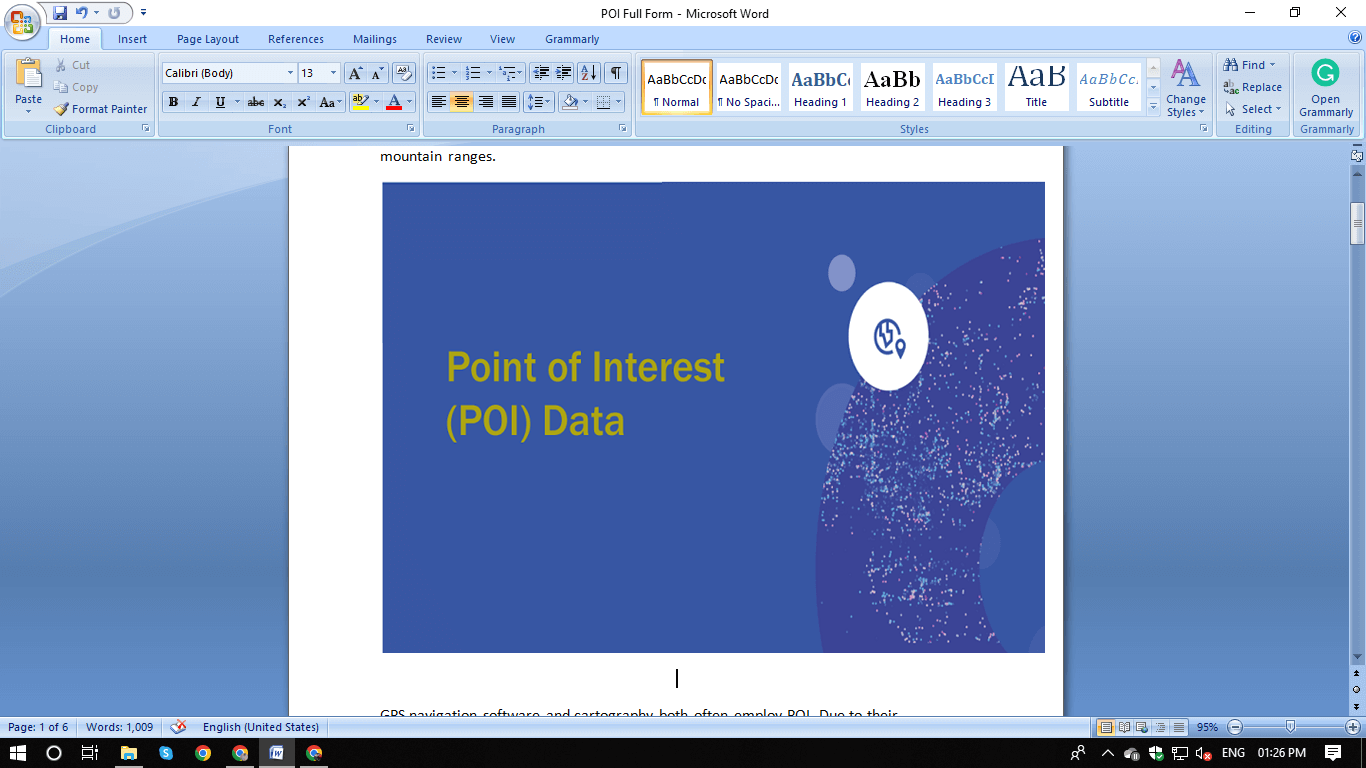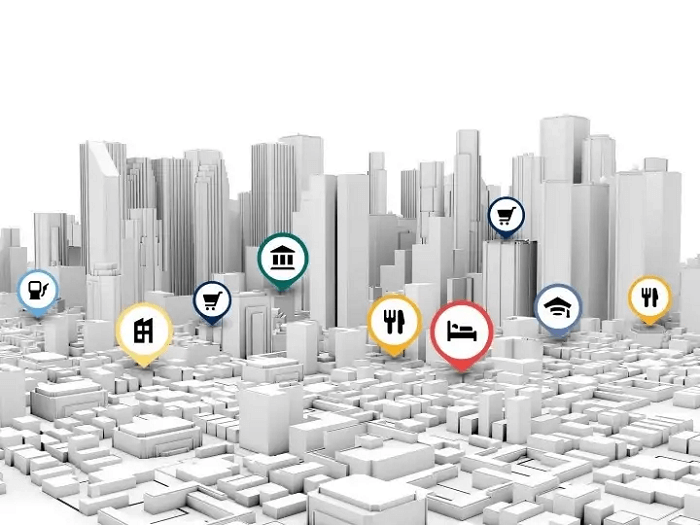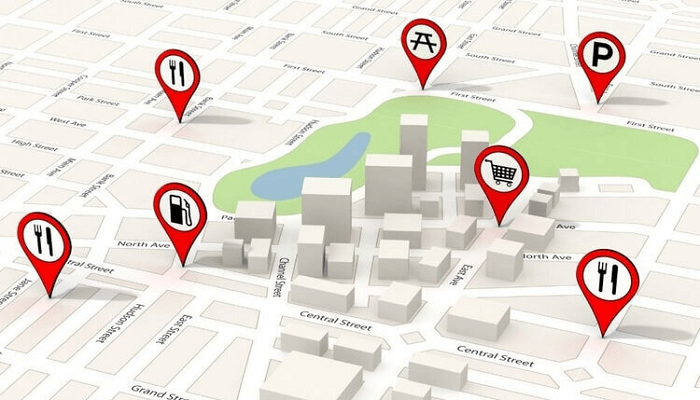What is the full form of POIPOI: Point of InterestA point of interest (POI) is a specific place on a map that is noteworthy and of interest to the general public. POIs contain well-known locations, including historic structures, buildings, religious sites, and prominent landmarks like waterfalls, beaches, and mountain ranges. 
GPS navigation software and cartography both often employ POI. Due to their knowledge about the route and other important locations besides the road, POI helps individuals make decisions. Points of attraction include post offices, banks, institutions, gas stations, and restaurants. POI consists of the following:
What is POI data?Much information, including general information, may be added to points of interest (name, address, zip code). Some navigational software provides POIs with enhanced data, including phone numbers, store offers, hours of operation, product and service offerings, etc. Additionally, this data may be connected to a picture, a logo, or a photo. POI data are employed to identify points of interest, pinpoint their precise locations, and assist companies in identifying the activity occurring nearby. POI data may be coupled with additional data like human movement, sociology, an area's dynamics, and more to simplify analysis and planning. Why are POI databases favourable?POI databases thoroughly overview establishments, sites, and characteristics worldwide. They are extremely helpful for businesses when creating location-based marketing strategies. For instance, they may detect and identify current rivals across all areas and assist in helping to determine the ideal retail network size. 
They provide useful data that may be used to make site planning decisions, like knowing risk profiles and having access to amenities or services. They support businesses in developing comprehensive databases of relevant places to engage with clients in the real world by assisting in the identification of patterns and trends in a certain area. When doing a route analysis, adding POI elements to a map can provide more information and designate places. Thanks to POI data, users may more easily complete "Find the nearest" queries in online mapping applications. They may add millions of retail locations, entertainment venues, neighbourhood place names, etc., to apps, business processes, and workflows. How and when does a regular location become POI?
How can POI data be used in various industries?Multiple specialized uses and applications for POI data exist across numerous industries: 
Retail
Telecommunications
Banking
Real estate
Utilities and Government
Logistics and transport
POI data uses and commercial applicationsConsumer and corporate engagement in the real world can be facilitated with POI data. As a result, data gatherers strive to compile comprehensive databases of significant places. Companies and governments may use this POI data to spot patterns and trends in a place and get useful information to:
Retail establishments can track traffic to any of their locations or the sites of rivals by using POI data in the appropriate context. Logistics companies may reduce expenses with correct address information while enhancing customer satisfaction. 
For site selection & project schedules based on market potential, real estate corporations employ POI data. Governments may utilize POI data to enforce laws, keep an eye on the health and welfare of the population, develop public services and facilities, and more. The fundamental objective of POI data is to accurately locate a place of interest, identify it, and assist companies in understanding what's going on there so they can make better-educated decisions. POI can be crucial for analyzing the competition, increasing operational effectiveness, planning corporate development, and more. What are the benefits of Point of Interest for mobile devices?A geolocation & time-based POI service that suggests neighbouring geolocations with chronological relevance might be useful for mobile device users. Users often rely on POIs to help them navigate their surroundings and discover emergency services, transit, shops, restaurants, resorts, parking, etc.
Next TopicFull Forms List
|
 For Videos Join Our Youtube Channel: Join Now
For Videos Join Our Youtube Channel: Join Now
Feedback
- Send your Feedback to [email protected]
Help Others, Please Share










